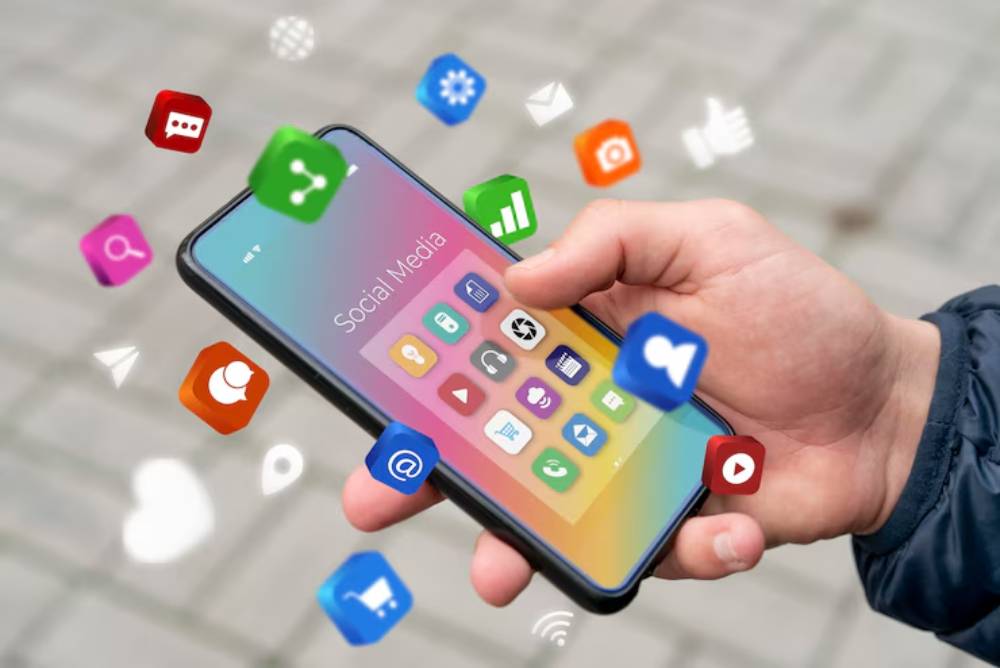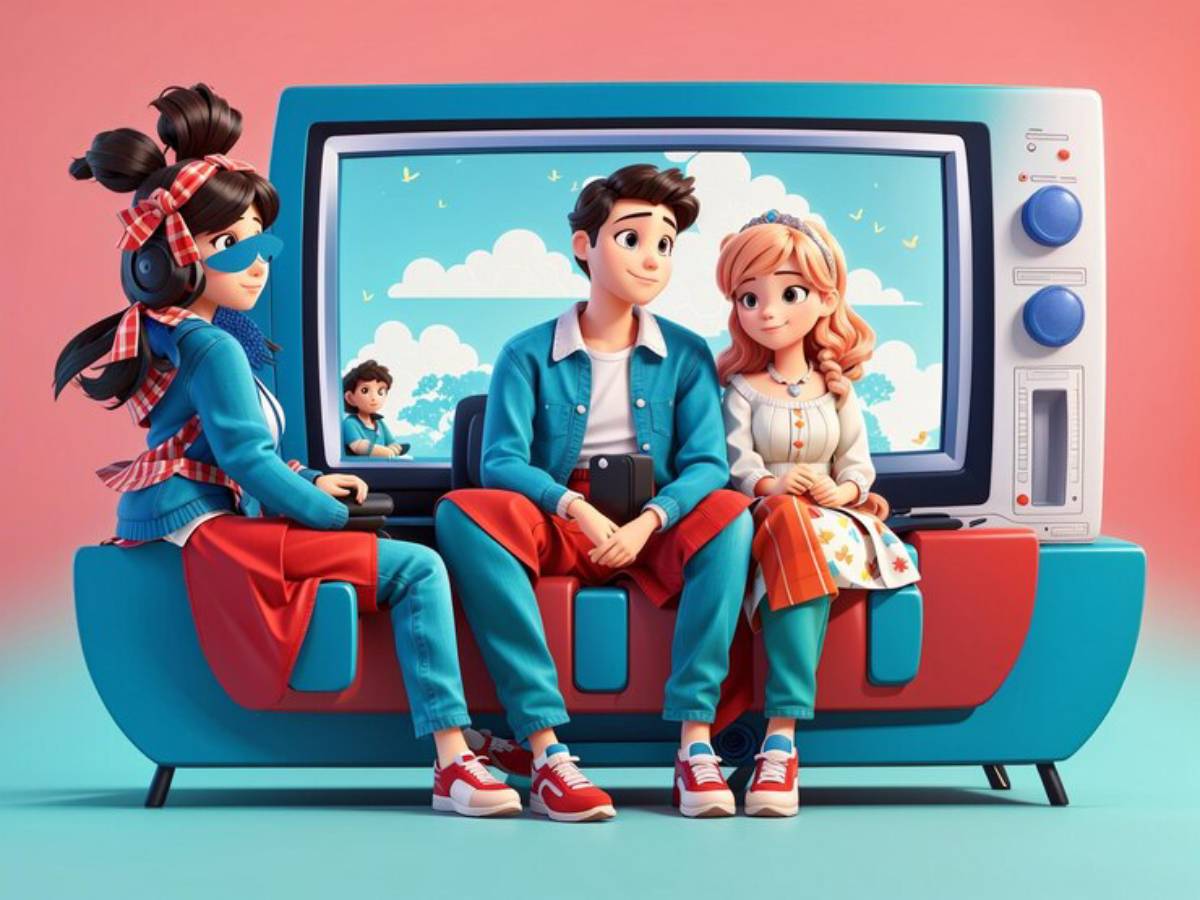
How Fandoms Are Shaping TV and Movie Trends
In the ever-evolving landscape of television and film, one factor has emerged as a powerful force in shaping trends: fandom culture. Social media and digital platforms have changed the game. Fans now connect with creators and influencers more than ever. This gives them a chance to share their thoughts and wishes freely. This blog looks at how fandom culture shapes trends in TV and movies. It shows how fans influence the media they enjoy.
Fandom culture has transformed from niche communities into mainstream movements that can make or break a TV show or movie. Fans’ passion shapes the success of media projects. It also affects content, casting, and the story direction. This phenomenon brings up interesting questions about the power between creators and consumers. It also shows how this relationship is changing the entertainment industry.
Key Benefits / Why It Matters
The impact of fandom culture on TV and movie trends is profound. Fans play a crucial role in determining what content gets produced and how it is received. This section explores the key reasons why fandom culture matters in the media landscape.
Driving Content Creation

One of the most significant ways fandom culture influences TV and movies is through driving content creation. Creators and networks are paying more attention to what fans want. This focus leads to making shows and films just for these audiences. This shift is evident in the rise of niche genres and the revival of beloved franchises, often spurred by fan demand.
Classic TV shows like “Doctor Who” and “Twin Peaks” are back. This is thanks to their dedicated fan communities. Superhero films have thrived thanks to the strong backing of comic book fans. Their enthusiasm has brought these characters into mainstream culture.
Enhancing Viewer Engagement
Fandom culture has redefined viewer engagement, transforming passive audiences into active participants. Fans connect on social media. They discuss, create fan art, and organise events. This builds a community and a shared identity. This increased engagement makes viewing better. Fans get more invested in the stories and characters they love.
Moreover, fan-driven campaigns have demonstrated their ability to influence production decisions. The #ReleaseTheSnyderCut movement showed how fans can change media. It led to the release of Zack Snyder’s version of “Justice League.” This proves that collective voices can have a big impact.
Impact on Casting and Representation
Fandom culture is key in shaping casting choices. It helps promote diversity and representation in media. Fans are speaking up more about inclusive storytelling. They want diverse characters and stories. This demand has led to big changes. Creators and studios are now focusing on representation to meet fan expectations.
Movies like “Black Panther” and shows like “Killing Eve” show how important diverse stories are. Fans want to see inclusive representation, and that drives success. The entertainment industry is now more reflective of our diverse world. This change is largely due to the impact of fandom culture.
Additional Expert Tips & Common Mistakes to Avoid

Fandom culture has many benefits, but it also comes with challenges. Creators and networks need to be aware of these potential pitfalls. This section provides expert tips on harnessing the power of fandom culture while avoiding common mistakes.
Engaging with Fans Authentically
One of the most effective ways to tap into fandom culture is by engaging with fans authentically. Creators and networks should listen to fan feedback. They need to recognise fans’ contributions and encourage open communication. Real engagement builds trust and loyalty. This leads to better relationships between creators and their fans.
However, it is essential to strike a balance between listening to fans and maintaining creative integrity. While fan input is valuable, creators should not compromise their artistic vision solely to appease fan demands. Finding this balance keeps the final product true to its intent and connects with audiences.
Avoiding Tokenism and Pandering
In the quest to meet fan expectations, creators must be cautious of falling into the trap of tokenism or pandering. Adding different characters or storylines just to please fans can backfire. It may lead to criticism and backlash if there’s no real representation. Instead, creators should prioritise authentic storytelling that reflects diverse experiences and perspectives.
Creators can avoid tokenism and focus on real representation. This helps them connect better with fans and makes media more inclusive.
Advanced Insights / Expert Recommendations
To understand how fandom culture affects TV and movie trends, we need to look at expert insights and recommendations. This section explores fandom dynamics and shares unique views from the industry.
The Role of Social Media in Amplifying Fan Voices

Social media platforms are strong tools for fans. They let fans talk directly to creators. Platforms like Twitter, Instagram, and TikTok let fans share ideas, run campaigns, and shape trends. Digital connectivity has turned fandom culture into a worldwide phenomenon. It goes beyond geographical boundaries.
Creators and networks can use social media effectively. They should engage with fans, join discussions, and share content made by fans. By embracing the digital landscape, creators can tap into the collective energy of fandom culture and drive media trends.
The Future of Fandom-Driven Storytelling
Looking ahead, the future of TV and movie trends will likely be shaped by fandom-driven storytelling. Fans are gaining power in media. Because of this, creators might work more with fan communities to make content together. This teamwork could change the entertainment industry. It may lead to more interactive and immersive storytelling.
Creators can build stronger ties with fans by using fandom-driven storytelling. This makes media feel more personal and relatable.
Wrapping Up: The Influence of Fandom Culture
In conclusion, fandom culture is undeniably shaping TV and movie trends in profound ways. Fans now play a key role in media. They drive content creation and promote diversity and representation. Their influence makes them important stakeholders. Creators and networks can connect with fans in real ways. By using social media, they tap into fandom culture. This helps them craft exciting and meaningful media experiences.
As the entertainment industry continues to evolve, the influence of fandom culture will only grow stronger. Creators and networks should listen to their fans’ wishes. They must also keep their creative integrity. By finding this balance, the industry can create media that grabs audiences and shows our diverse world.
In the spirit of fandom culture, we invite you to share your thoughts and experiences in the comments below. How has fandom culture impacted your favourite TV shows and movies? What trends do you see emerging in the future? Have you ever attended a fan convention? Join the conversation and be a part of the ongoing dialogue shaping the future of entertainment.


